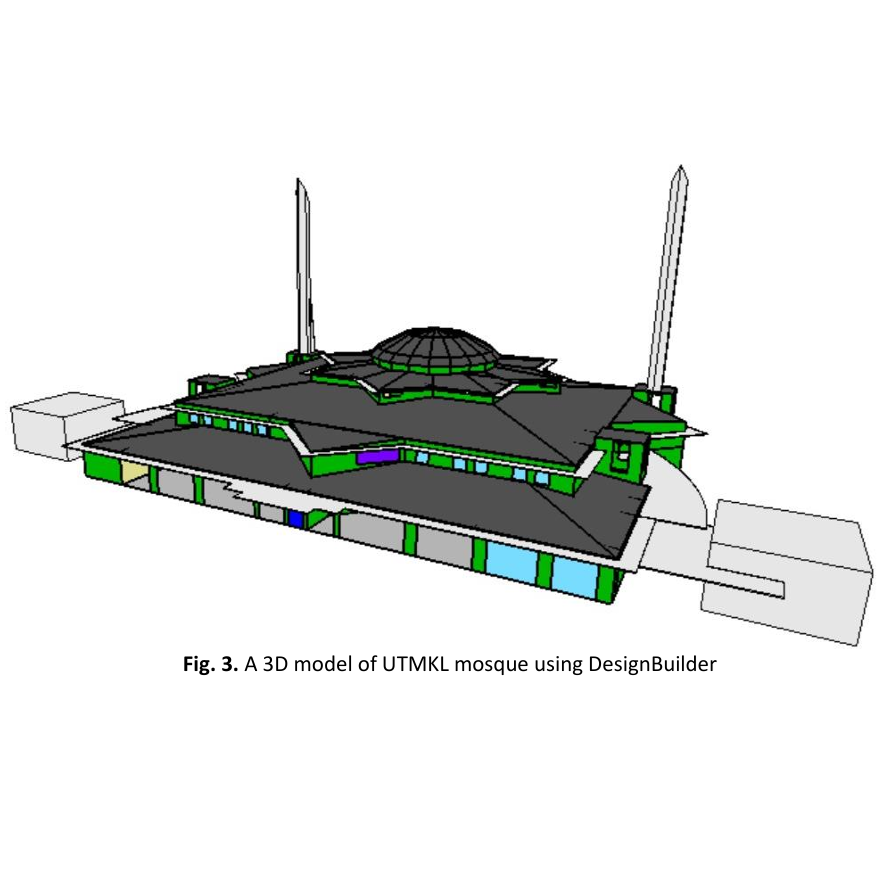Cooling Period Strategies in an Intermittent Usage Building: A Case Study of a Mosque in the Tropical Climate of Malaysia
DOI:
https://doi.org/10.37934/arfmts.123.2.110Keywords:
Mosque, religious building, cooling, energy efficiency, energy consumptionAbstract
Mosques are used five times a day according to the prayer schedule, which follows the sun's position. Indoor thermal conditions in air-conditioned mosques are maintained with a cooling time pattern that follows prayer times. Therefore, an effective air conditioning operating strategy is needed for energy efficiency. This study aims to investigate the effect of air conditioning intermittent operation time strategies on the energy usage of a mosque. It involves reducing the cooling period before prayer time and swapping active air conditioning periods from pre-prayer calls to post-prayer in the base case. Field measurements in Universiti Teknologi Malaysia – Kuala Lumpur (UTMKL) mosque and simulation using DesignBuilder software were conducted to predict annual specific energy consumption. The results indicate a reduction in specific energy consumption of 5% by operating the air conditioning 10 minutes before the call to prayer. Shifting the pre-prayer call-post prayer cooling period results in an insignificant reduction in energy consumption of 0.3-0.6%; however, it can accommodate extended periods of comfortable conditions for people who perform prayers outside of congregational prayers on time. Furthermore, the results indicate that the cooling period after the prayer time affects the cooling load of the following prayer. This study provides information for architects, engineers, and other stakeholders towards improving energy consumption in religious buildings with intermittent occupancy.
Downloads

































